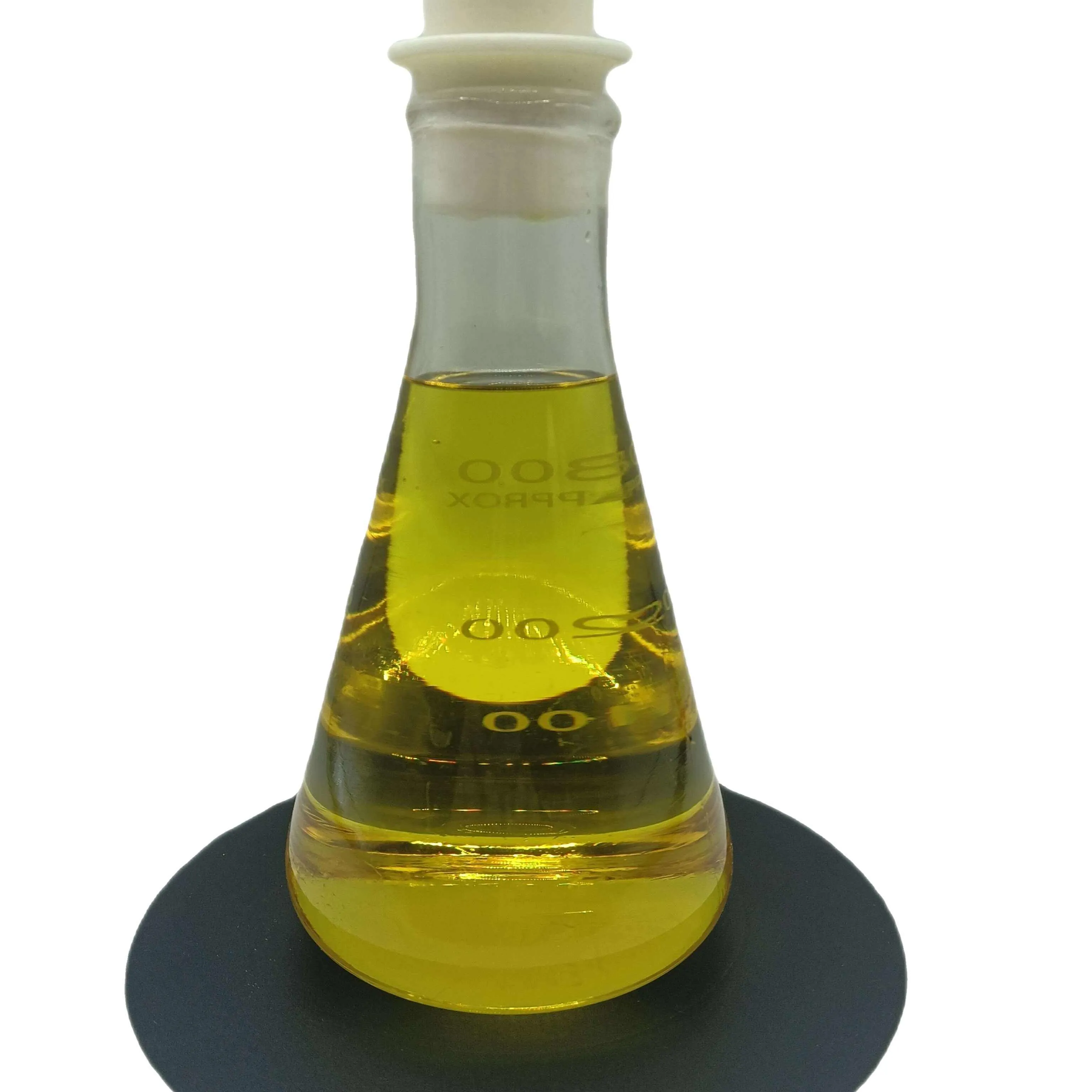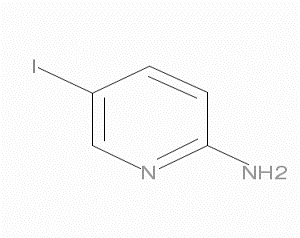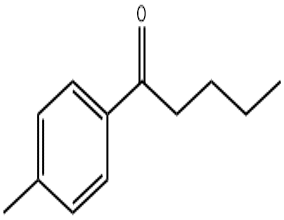Dihydromyrcenol(CAS#53219-21-9)
| Hazard Symbols | Xi – Irritant |
| Risk Codes | 36 – Irritating to the eyes |
| Safety Description | 26 – In case of contact with eyes, rinse immediately with plenty of water and seek medical advice. |
| Toxicity | The acute oral LD50 in rats was reported as 3.6 g/kg (3.0-4.2 g/kg) (Mor eno, 1973). The acute dermal LD50 value in rabbits exceeded 5 g/kg (Moreno, 1973). |
Introduction
Dihydromyrnol (also known as cinnamin alcohol) is an organic compound. The following is an introduction to its properties, uses, preparation methods and safety information:Quality:Dihydromyrnol is a colorless to light yellow liquid with a fragrant aroma. It is a non-polar solvent that is slightly soluble in water and soluble in organic solvents such as ethanol and methanol.Uses: It is commonly used to enhance the aroma of products, stimulate appetite and stimulate the nervous system.Preparation method:There are usually two ways to prepare dihydromyrnol. One is to extract the essential oil from cinnamon, which is distilled and purified to obtain the target product. The other is through chemical synthesis, the synthesized precursor is dissolved in ethanol, and dihydromyrnol is obtained through a reduction reaction.Safety Information:Dihydromyrnol is a low-toxicity compound and is generally safe for humans. Long-term exposure or exposure to high concentrations may cause allergic reactions. During use, care should be taken to avoid direct contact with the skin, eyes, and respiratory tract. Please refer to the safety data sheet of the relevant materials for more information before use.








